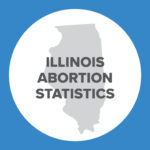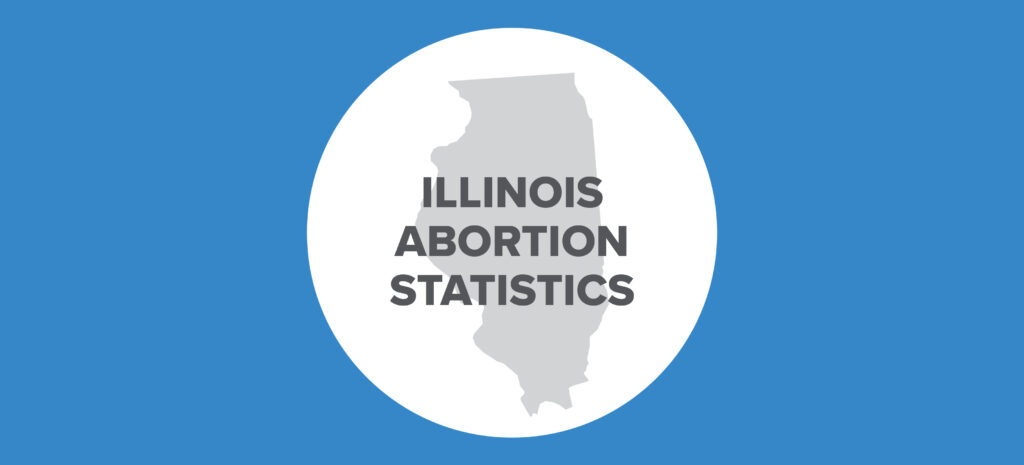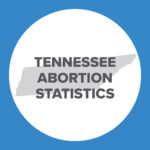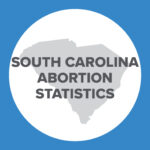Public Health Threat: Delaware DHSS Data Reveals Dramatic Increase in Risky Abortion Method
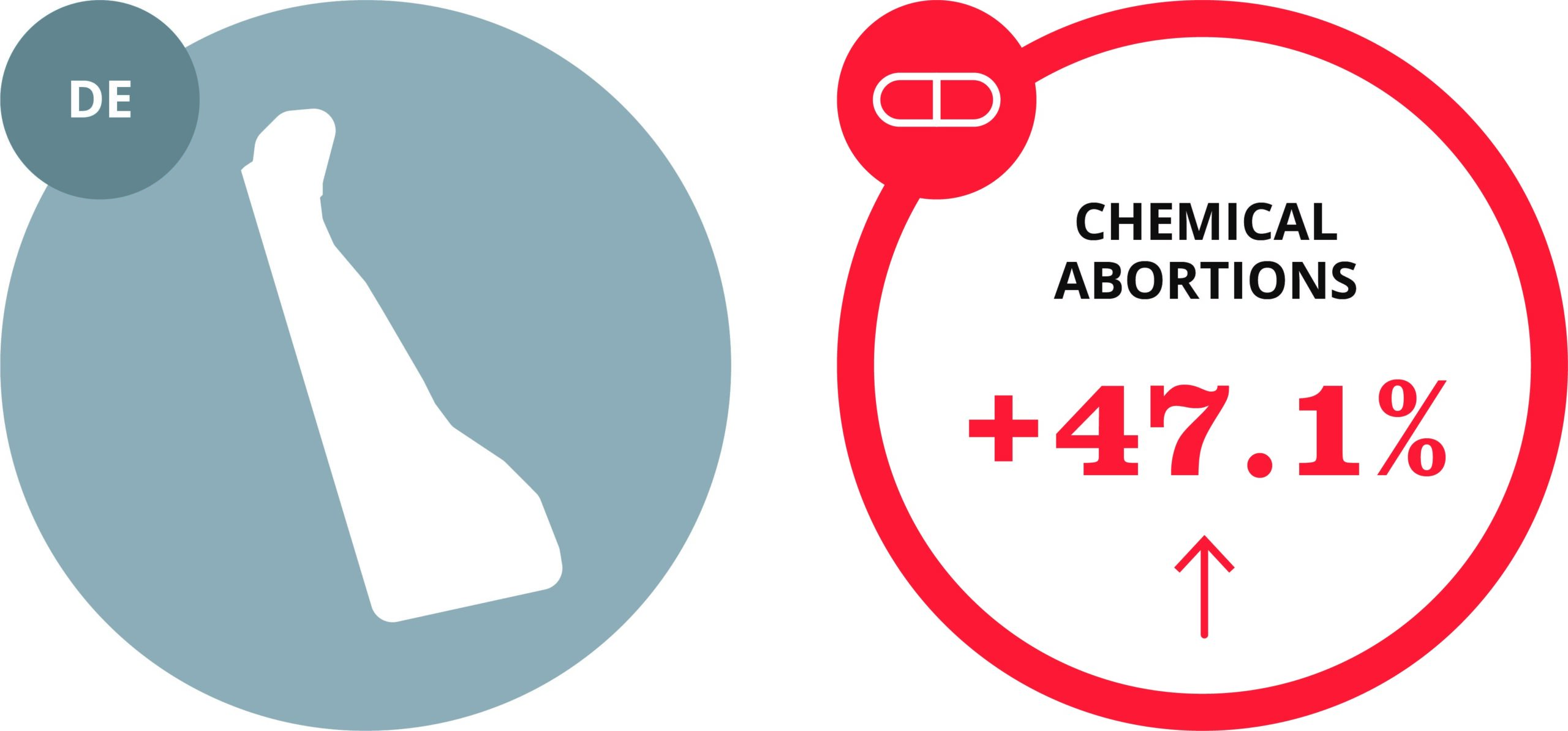
Multiple Studies Link Chemical Abortion to Higher Rates of Emergency Room Utilization and Complications
Washington, D.C. – The most recent Delaware Health and Social Services data shows a dramatic increase in the use of potentially dangerous abortion drugs which multiple peer-reviewed studies have linked to higher rates of complications.
The public data, analyzed by the nonprofit Charlotte Lozier Institute (CLI), reveals that in 2019 the use of abortion pills in Delaware increased 47.1 percent from the previous year.
“Separate peer-reviewed studies from California, Finland, and Sweden demonstrate that complications are several times more frequent in chemical than surgical abortions,” noted Tessa Longbons, CLI’s senior research associate who analyzed the Delaware data. “Following the science, a dramatic increase in the use of abortion pills in Delaware is likely to lead to a dramatic increase in women and teenage girls experiencing serious complications. Unfortunately, because Delaware does not collect abortion complication data, the number of Delaware women and girls harmed by the abortion pill might never be known.”
A groundbreaking national study published in November by Charlotte Lozier Institute scholars found that the rate of abortion-related emergency room visits following a chemical abortion increased over 500% from 2002 through 2015:
- Chemical abortion significantly increased the risk of an emergency room visit. Within 30 days of a chemical abortion, when compared to rates following a surgical abortion:
- 22% greater risk of ER visit for any reason.
- 53% greater risk of ER visit for an abortion-related reason.
- The rate of chemical abortion-related ER visits increased 507% from 2002-2015.
- Over 60% of abortion-related ER visits following a chemical abortion in 2015 were miscoded as treatment for a miscarriage:
- The sequence of confirmed chemical abortion, subsequent pregnancy, and subsequent miscarriage within 30 days is physically impossible. Yet Medicaid data from 2015 showed these events were miscoded a majority of the time.
Published recently in the peer-reviewed journal Health Services Research and Managerial Epidemiology, the study was the first to utilize Medicaid claims data to conduct a 17-year longitudinal analysis of 423,000 confirmed abortions and 121,283 confirmed subsequent visits to an emergency room in the 17 states which use state taxpayer funds to pay for abortions.
Dr. James Studnicki, CLI vice president of data analytics and lead author of the emergency room study, said:
“This real-world data, based on actual Medicaid claims rather than a sampled survey population, shows that the safety of chemical abortion is dangerously exaggerated. Women are far more likely to visit the emergency room following a chemical rather than surgical abortion. The rate of these emergency room visits is growing remarkably fast. And in 2019, more than half of abortions reported in Delaware were chemical abortions. This represents a serious public health threat.”
In 2019, eight percent of Delaware abortions were performed at 13 weeks of gestation or later, with some abortions occurring at 21 weeks gestation or later. A majority of European nations (32 out of 50) limit elective abortion to 12 weeks or earlier, including Denmark, France, and Norway.
Click here to read CLI’s full analysis of Delaware’s 2019 abortion statistics.
Charlotte Lozier Institute was launched in 2011 as the education and research arm of Susan B. Anthony List. CLI is a hub for research and public policy analysis on some of the most pressing issues facing the United States and nations around the world. The Institute is named for a feminist physician known for her commitment to the sanctity of human life and equal career and educational opportunities for women.
###









